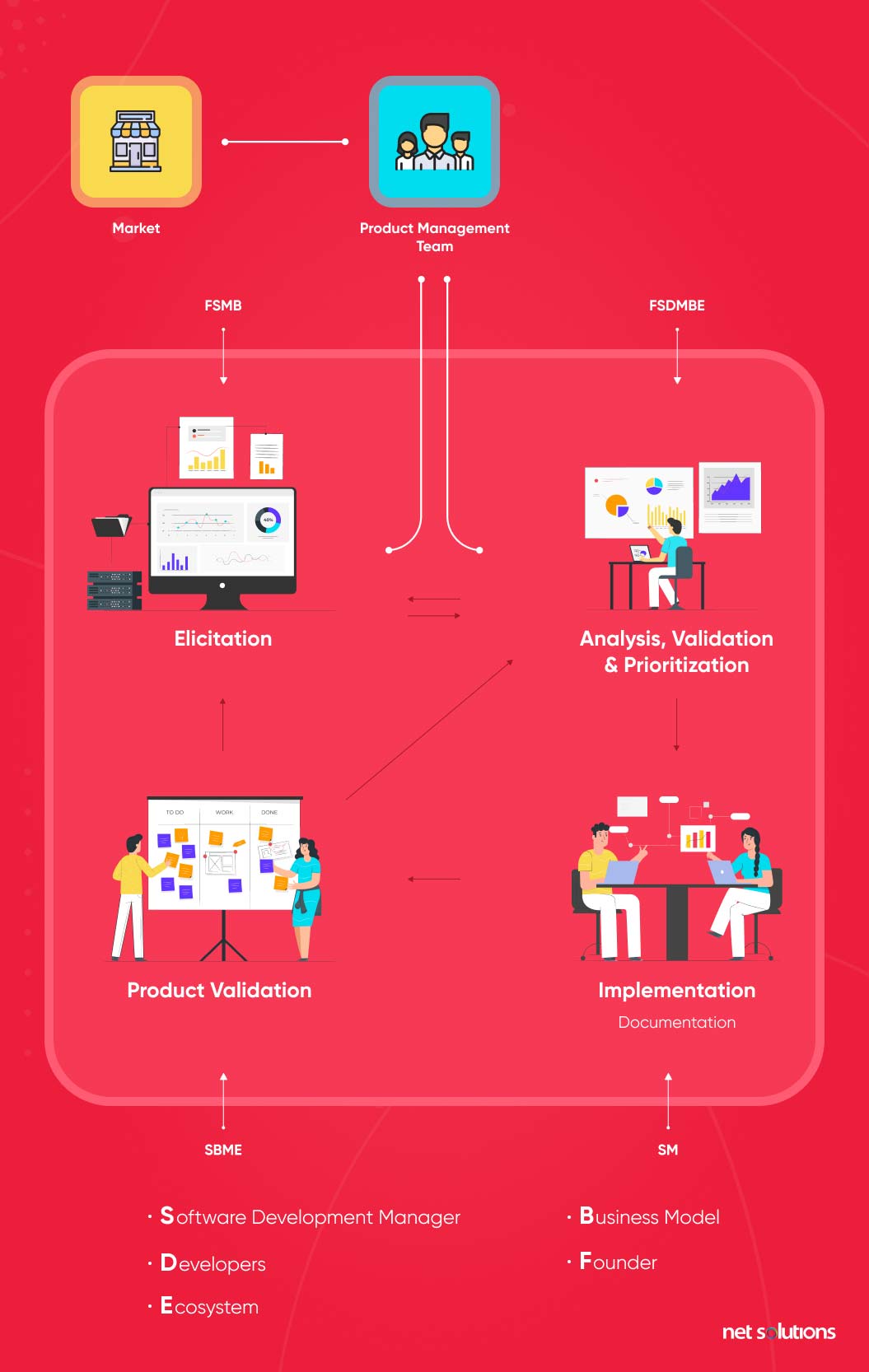The final analysis stage is to translate the requirements into meaningful data for the project. Requirement A thing that is needed or wanted.

A Portfolio Of Past Projects Can Advance The Career Of A Ux Researcher Present The Right Work Summarize Your Findings Ux Researcher Research Skills Research
-Sometimes this process translation is referred to as the voice of the customer.

. Tracking systems allows manufacturer to track the purchase of a part of a product back to its supplier. See the answer See the answer done loading. Quality Function Deployment QFD is a process and set of tools used to effectively define customer requirements and convert them into detailed engineering specifications and plans to produce the products that fulfill those requirements.
A thing that is compulsory. A commonly used methodology is the Quality Function Deployment QFD approach using what is commonly called the House of Quality tool. Functional requirements express function or feature and define what is required eg.
Quality function deployment QFD describes a method for translating customer requirements into functional design. There are 2 useful methods CTS trees and Kano analysis. Requirements analysis and design.
In a software development project the functional design focuses on the general. Leave a Reply Cancel reply. The functional design phase provides a translation between the requirements analysis and the detail design.
Types of Requirements Functional Requirements Non Functional Requirements NFRs Performance Security Logging Reliability. Kano analysis will be described in a. The functional specifications are a repository of documents.
This is a systematic tool to translate customer requirements into functional requirements physical. Quality function deployment QFD describes a method for translating customer requirements into functional design. ________ describes a method for translating customer requirements into functional design.
A Manufacturing system design B Final product definition C Quality function deployment D Product design specification E Customer future projection. Drive to customer site is one possible solution. Requirements Analysis and Design.
The QFD technique uses the concept of the house of quality It translates customer views systematically into key engineering characteristics planning requirements and finally production operations Bergquist and Abeysekara 1996. Quality function deployment QFDdescribes a method for translating customer requirements into functional design. -Designers need a means for implementing customer requirements into designs.
It fits into the Define phase of the DMAIC structure as. Quality function deployment is a LEAN technique that is a little out of scope for Six Sigma Green Belt practitioners and more useful for Black Belt practitioners. Required fields are marked.
This document defines what will be built how it will be done and when it will be completed. Manufacturing system design Customer future projection Product design specification Final product definition Quality function deployment. Quality function deployment QFDdescribes a method for translating customer requirements into functional design.
However fly to customer site or travel by train to customer site are potential alternative. One of the greatest advantages of QFD is that it allows translating subjective quality criteria. This is achieved through four key documents.
This method allows to systematically converting customers demands into technical requirements for each stage of product development and production. The transformation of requirements into functional specifications is the shift from problem definition to solution design. AManufacturing system design BFinal product definition CQuality function deployment DProduct design specification ECustomer future projection.
Yet it is a powerful tool to design processes or products according to customer requirements. Quality function deployment is abbreviated as QFD. _____ describes a method for translating customer requirements into functional design.
_____ describes a method for translating customer requirements into functional design. This problem has been solved. Once the requirements have been defined they must be translated into design requirements and then into manufacturing requirements.
The requirements do not state how a solution will be physically achieved. There are several tools available for this but probably the most effective is Quality Function Deployment QFD. Quality Function Deployment QFD and House of Quality HOQ is a structured approach for defining customer requirements and translating design specifications or product control characteristics in the form of a planning matrix.
Quality Function Deployment QFD -Describes a method for translating customer requirements into functional design. One method for turning customer feedback into requirements is Market-Driven Product Definition which is a structured method within the rubric of Design Thinking for gathering customer input and translating. QFD is used to translate customer requirements or VOC into measureable design targets and drive them from the assembly.
The functional specifications consist of a summary. QFD is a method of translating customer requirements into product and process design Akao 1990. The Architecture Design process is a trade and synthesis method to allow the Program Manager PM and Systems Engineer to translate the outputs of the Stakeholder Requirements Definition and Requirements Analysis processes into alternative design solutions and establishes the architectural design of candidate solutions that may be found in a system model.
In other words using QFD allows the charting of customer wants and the technical hows which results in a better understanding of design. Your email address will not be published. A neglected portion of the Design Thinking process is a methodology for converting user empathy interview data and quantitative data into product requirements.

The Holiday Blanket Pattern By Elin Stoodley Crochet Blanket Patterns Crochet Patterns Holiday Blankets

Business Requirements Vs Functional Requirements Templates

Integration Of Robust And Tolerance Design In Early Stages Of The Product Development Process Springerlink
0 Comments